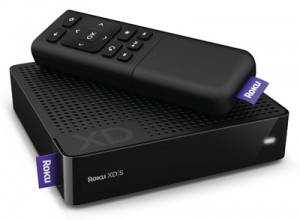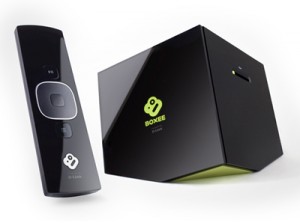I’ve seen this article going around about “Your kids should not be the most important in the family” by John Rosemond. It’s meant to be a pithy rejoinder of modern parenthood about how wrong modern parents are these days because we think our kids are the most important people in our families. Why, don’t you know the most important people in your family should be you? The parent! You’re the most important! Don’t you know that? Otherwise you breed entitlement! (Yeah, let that sink in.)
It’s built entirely on the wrong premise, which I’ll explain, but not entirely devoid of value–too often, we, as parents, *do* neglect critical aspects of our own lives in order to care for our children–and that can be problematic. But Mr. Rosemond’s approach is one of complete entitlement in it’s own right, and misses entirely the aspect of responsibility that we have, as parents, to care for and raise our children. Never mind that, in reality, no one should be “more important” than another in a family and that perhaps, families shouldn’t be built on some “hierarchy of importance”.
Rosemond’s assertion that “when we were kids it was clear to us our parents were the most important people in our families” is a crock. I think Mr. Rosemond’s trying to say that, because today’s parents don’t realize they are the most important–and that kids don’t either–that is the root of behavioral issues, entitlement, and lack of respect. That without parents, kids wouldn’t be living “lives that are relatively carefree…” and instead would be “…living lives full of worry and want.”
Let’s set aside the distinctly middle class attitude that completely ignores how many children in the world and even in our own country *do* live lives full of worry and want… lives of destitution. And of hunger. Rosemond is clearly more focused on the ungrateful and entitled. The kids of “our brave new millennium”. Clearly the problem is parents these days! (Throw up arms emphatically here.) He starts with the notion that “kids exist because of [their parents]” which is strictly speaking, true, but, when you make the decision to have kids you make the decision to be in charge of another human life. And that means *gasp* sometimes putting the needs of the life in your hands above your own.
Parents absolutely do need to take care of themselves, both physically and mentally, because you can’t be there for your most important job if you are sick or having a nervous breakdown. We should take care of our marriages as well, that’s part of our mental well-being. But the notion that treating children as the most important members of the family are at the root of modern family problems is bunk.
Mr. Rosemond wants us to remember that “Yes, Virginia, once upon a time in the United States, children were second class citizens, to their advantage.”
Rosemond tries to analogize the role of parent as leader of a family to other types of leadership positions. He talks about CEOs, and generals, even teachers, but he doesn’t seem to understand their real roles or, more importantly, responsibilities. The most important person in the army is not the general: the general can’t fight wars without the soldiers. The general is *responsible* for his soldiers. The most important person in a corporation is not the CEO: the CEO wouldn’t have a business to lead without the workers producing their products or services. The CEO is *responsible* for his workers as much as his customers. The most important person in a classroom is not the teacher: the teacher is the steward of the young minds in their charge. They are *responsible* for educating our children. And the same is true for parents: we are *responsible* for the *life* of another human being.
And that is the “reasonable thing” that gives our children the status of “most important”. Which is not an “appeal to emotion”: it is a fact. As a parent, you are responsible for the life of another human being in your care. If children were born perfectly capable of providing their own shelter, gathering their own food and clothes, of providing for their general welfare, then sure, maybe they would not be the “most important” people in the family. But they are not capable. Which is why, perhaps, parents shouldn’t focus on who is “more important” but should instead take care of themselves so that they can focus on the *most important responsibility* they have: care of their children.
What Rosemond apparently fails to understand, with his focus on hierarchy, is that “most important” doesn’t have to mean kids should call the shots. (And I think many parents, fail to understand this sometimes, too, although this is hardly limited to “modern” parents. Who exactly, does Rosemond think the “moms and dads of this brave new millennium” learned their parenting skills from, anyway???) Your children being the most important member of the family doesn’t mean you have to substitute their judgment for yours.
Focusing on your responsibility as a parent does not mean you have to let your kids be disrespectful, disobedient, rude, or entitled. You can, in fact, understand that your children are the most important member of the family because without you they’d likely starve and die, while still teaching them the skills they will need to be upstanding, respectable, productive, happy and well-adjusted members of society. It’s not easy. It’s really hard. The hardest thing you’ll ever do, I suspect. I screw it up daily. But I get up, start over and try to do better every day. But I don’t do it with the notion that my kids are, in any way, second class citizens or that I am “more important” than them.
I don’t think that my loved ones–from my wife to my kids and beyond–need to be sorted into some hierarchy of importance in order to achieve the goals of good parenthood. Why are my kids the most important members of my family? Because my wife and I made a conscious decision to bring them into this world, and without us, they probably wouldn’t survive. That role does not make my wife and I more, or less, important than them, it makes us more responsible.

